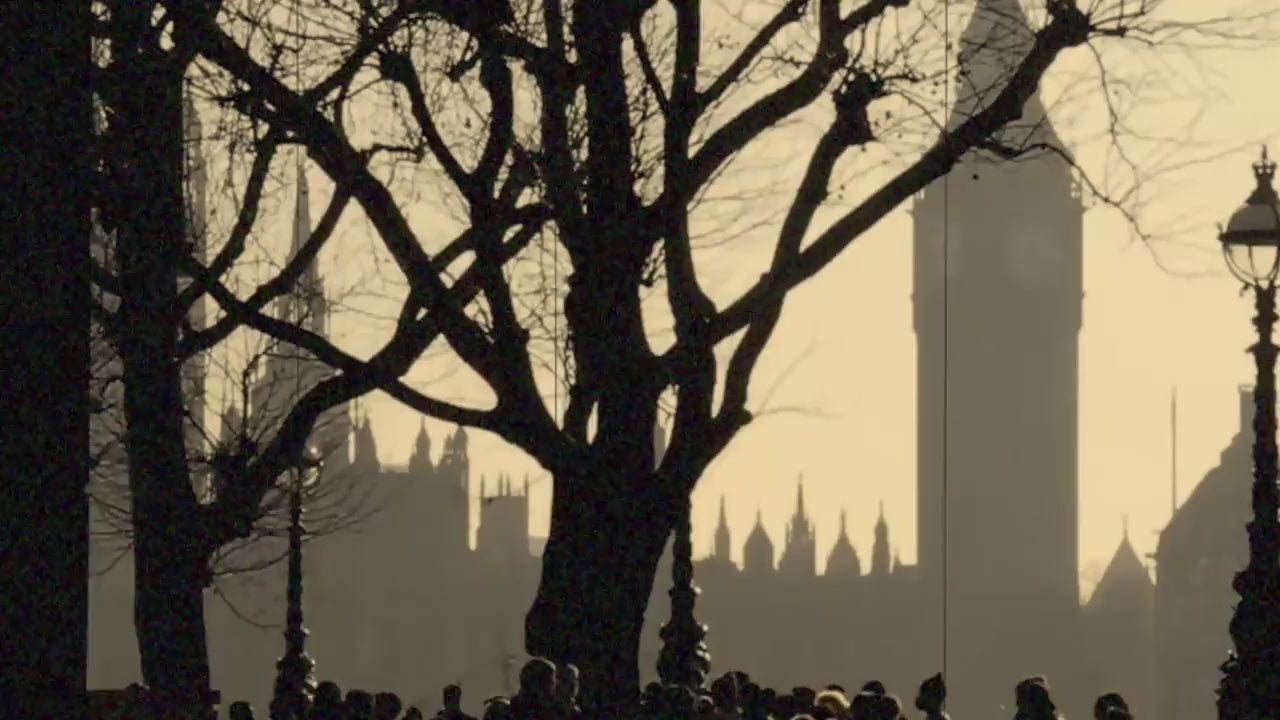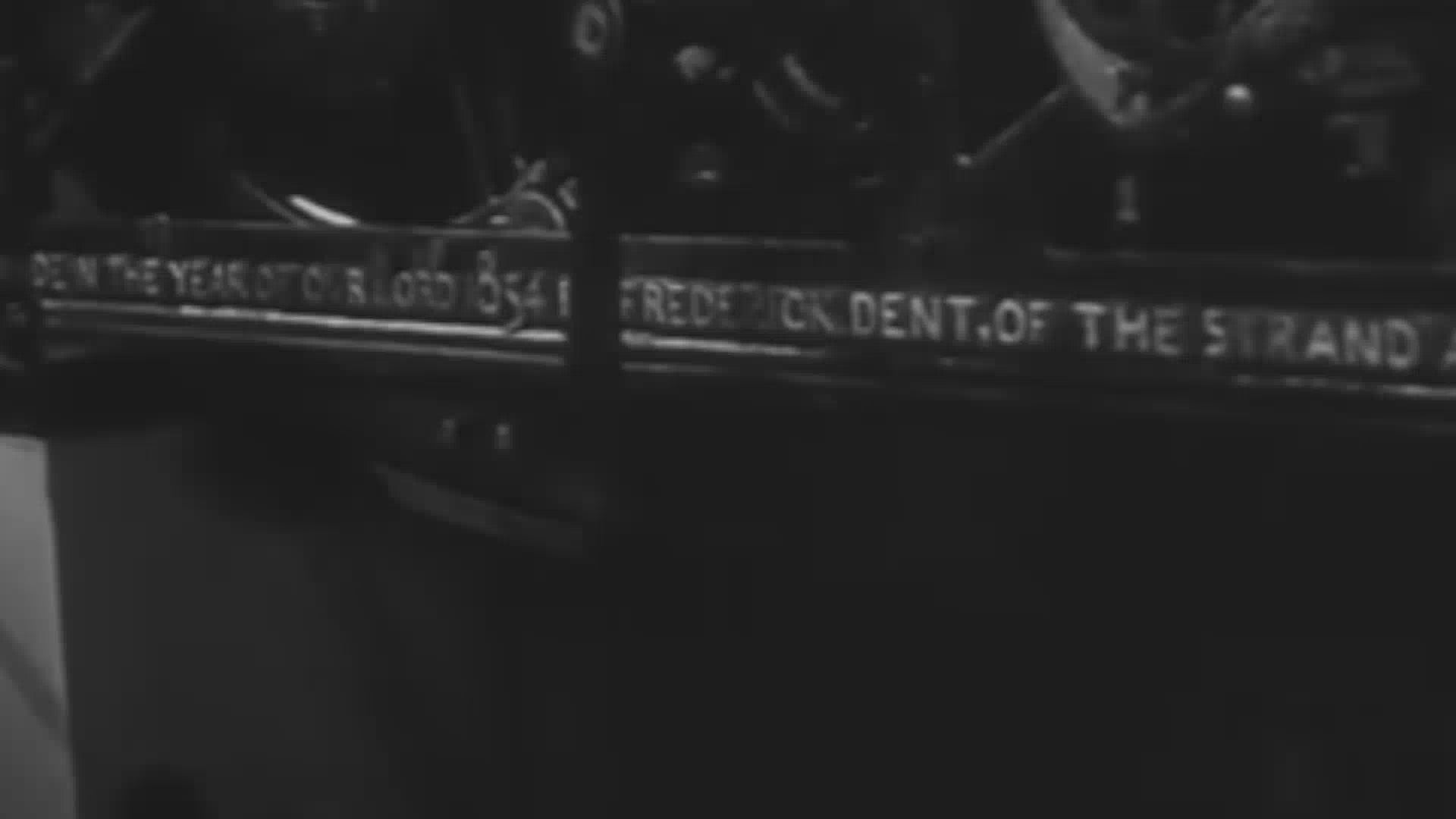The Making of
Big Ben

The Making of
Big Ben
When people think of London, they think of Big Ben — the great clock and bell tower of the Palace of Westminster. But behind the world’s most famous clock stands a name often forgotten: Edward John Dent, the pioneering horologist who was entrusted with building its movement. This is the story of Big Ben, told through the lens of the man who made it possible.

After the Palace of Westminster was rebuilt following the devastating fire of 1834, a monumental clock was required for the new Elizabeth Tower. The specification demanded a clock of unprecedented accuracy: it had to keep time within one second per day and strike the hours with unerring precision.
In 1852, Edward John Dent, already celebrated for his prize-winning chronometers and regulators, was formally commissioned to build the clock mechanism. His appointment was a recognition of his reputation as the foremost English maker of precision timekeepers.
Dent designed a movement on a colossal scale. At 13.5 feet long, weighing more than 5 tons, and driving four dials each 23 feet in diameter, it was the largest turret clock in the world. The movement incorporated the revolutionary double three-legged gravity escapement, invented by Edmund Beckett Denison (later Lord Grimthorpe), but engineered and executed by Dent’s workshop.
Dent’s mastery ensured that the escapement was translated from theory into reliable working practice, making the Great Clock not just monumental in scale but groundbreaking in precision.
Tragically, Edward John Dent did not live to see his masterpiece completed. He died in 1853, just one year after receiving the commission. The responsibility for finishing the clock fell to his stepson, Frederick Dent, who carried his designs to completion. In 1859, the clock began operation — and Big Ben struck the hours for the first time.
Today, Big Ben is often spoken of as a symbol of Britain, yet few realise that it was the work of the same man who supplied chronometers to Charles Darwin’s Beagle voyage and regulators to observatories across Europe. Dent’s achievement with Big Ben was the culmination of his life’s work in precision horology. The clock has run almost continuously for more than 160 years, its reliability a testament to Dent’s engineering brilliance.

The firm that bears his name, Dent London 1814, remains the custodian of this legacy. From the Great Clock of Westminster to the restored St Pancras Station clock, Dent continues to create precision timepieces that link the grandeur of Victorian engineering with the art of modern horology.
When you see Big Ben, you are seeing the work of Edward John Dent. His vision, skill, and pursuit of accuracy made the Great Clock possible — and his name deserves to be as enduring as the chimes that mark each hour.
Discover more milestones in our history, from Big Ben to the St. Pancras clock and the 2025 Marriott partnership, in the Dent London Timeline.
Edward John Dent established his horological workshop in London.
Dent’s chronometer No.114 won First Premium at the Royal Observatory trials.
Edward John Dent was commissioned to build the Great Clock of Westminster.
Frederick Dent completed the Great Clock after Edward John Dent’s death.
Explore the full Dent London Timeline

Join our private circle of collectors for exclusive event invitations, first access to new releases, and stories from the clockmaker behind Big Ben.